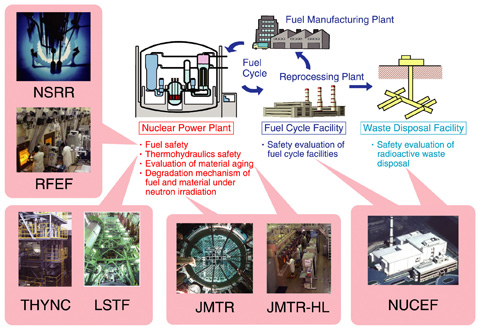
Fig.5-1 Nuclear safety research areas and related facilities in JAEA
Possibilities of serious accidents in nuclear installations and their consequences have been studied at the Nuclear Safety Research Center (NSRC) in order to ensure the safe use of current nuclear facilities. A massive and severe accident was caused at the Tokyo Electric Power Company, Incorporated Fukushima Daiichi Nuclear Power Station (NPS), by the Great East Japan earthquake and tsunami. The NSRC has been cooperating with the Japanese government to institute proper emergency responses based on research findings and developments. Nevertheless, most specialists at the NSRC regret that they were unable to prevent the accident. Continuous efforts should be made to avoid serious damages while we utilize nuclear energy. As human technologies are not perfect, proper understanding of a situation and continuous improvement in the developed technologies are important to make best and safe use of the technologies. The International Atomic Energy Agency, which investigated the accident at the Fukushima Daiichi NPS, pointed out the importance of the “continuous improvement.”
The different phenomena that could threaten nuclear safety have been studied at the NSRC by using the various facilities shown in Fig.5-1. These are special facilities where radionuclides are handled and accident conditions are safely simulated.
In this chapter, the results of recent safety research on the following topics are presented: degradation of fuel cladding properties (Topics 5-1, 5-2), degradation of material properties, integrity of reactor structures in the event of earthquakes (Topics 5-3, 5-4, 5-5), possible reactor power fluctuations because of earthquakes (Topic 5-6), radioactivity evaluation in the reactor (Topic 5-7), release of radioactive iodine in severe accidents (Topic 5-8), long-term stability of radioactive waste (Topic 5-9), and decommissioning of nuclear facilities (Topic 5-10). We believe that continuous research on these technical subjects is indispensable for promoting the continuous improvement in nuclear technologies, including those for safety regulation and electric-power generation. In particular, research on severe accidents should be prioritized.